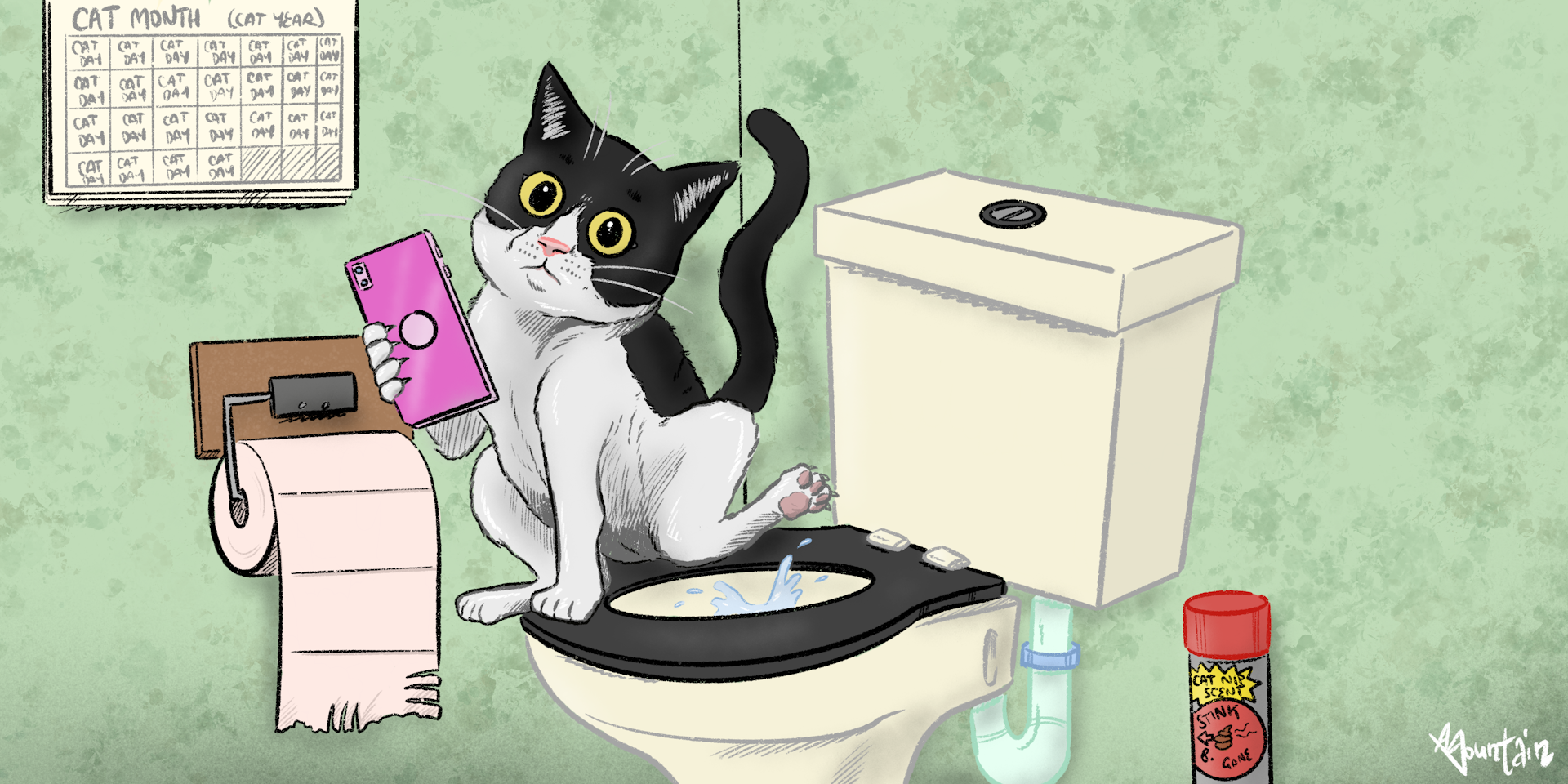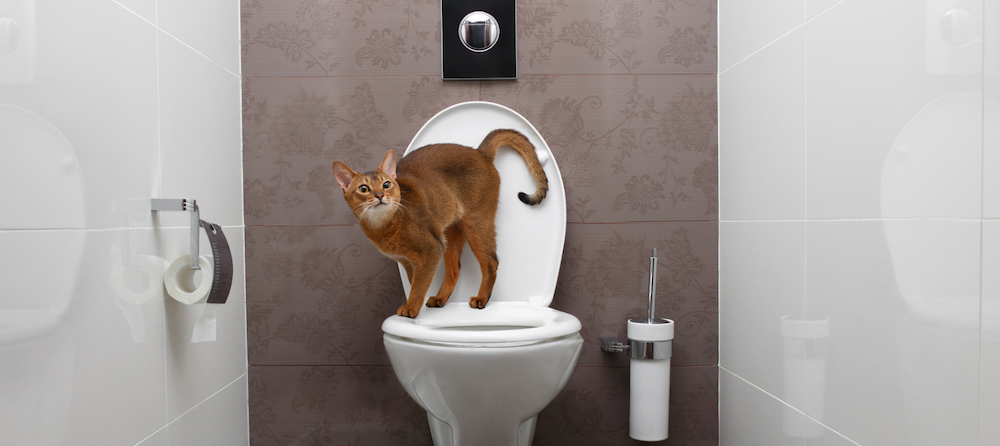Dangers of Flushing Cat Poop Down Your Toilet - Avoid Possible Problems
Click HereWe've stumbled upon this post about Can You Flush Cat Poo or Litter Down the Toilet? directly below on the internet and felt it made perfect sense to relate it with you over here.

Intro
As feline owners, it's necessary to bear in mind just how we dispose of our feline good friends' waste. While it might seem practical to purge feline poop down the bathroom, this technique can have destructive effects for both the setting and human health and wellness.
Environmental Impact
Flushing feline poop presents unsafe virus and bloodsuckers right into the water supply, positioning a significant risk to water communities. These contaminants can negatively impact marine life and compromise water high quality.
Health and wellness Risks
In addition to environmental concerns, flushing pet cat waste can additionally posture wellness dangers to people. Cat feces might have Toxoplasma gondii, a bloodsucker that can trigger toxoplasmosis-- a potentially extreme health problem, particularly for expectant ladies and individuals with damaged immune systems.
Alternatives to Flushing
Fortunately, there are more secure and much more liable methods to deal with pet cat poop. Consider the adhering to alternatives:
1. Scoop and Dispose in Trash
One of the most usual method of disposing of cat poop is to scoop it right into an eco-friendly bag and throw it in the trash. Make sure to make use of a specialized litter scoop and dispose of the waste immediately.
2. Use Biodegradable Litter
Select biodegradable feline clutter made from materials such as corn or wheat. These clutters are environmentally friendly and can be safely taken care of in the trash.
3. Bury in the Yard
If you have a yard, think about hiding cat waste in an assigned area away from vegetable gardens and water resources. Be sure to dig deep enough to avoid contamination of groundwater.
4. Set Up a Pet Waste Disposal System
Buy a pet waste disposal system especially designed for pet cat waste. These systems make use of enzymes to break down the waste, minimizing odor and ecological impact.
Conclusion
Accountable family pet ownership prolongs beyond providing food and sanctuary-- it additionally entails proper waste management. By refraining from flushing cat poop down the toilet and opting for alternative disposal methods, we can minimize our environmental impact and shield human wellness.
Why Can’t I Flush Cat Poop?
It Spreads a Parasite
Cats are frequently infected with a parasite called toxoplasma gondii. The parasite causes an infection called toxoplasmosis. It is usually harmless to cats. The parasite only uses cat poop as a host for its eggs. Otherwise, the cat’s immune system usually keeps the infection at low enough levels to maintain its own health. But it does not stop the develop of eggs. These eggs are tiny and surprisingly tough. They may survive for a year before they begin to grow. But that’s the problem.
Our wastewater system is not designed to deal with toxoplasmosis eggs. Instead, most eggs will flush from your toilet into sewers and wastewater management plants. After the sewage is treated for many other harmful things in it, it is typically released into local rivers, lakes, or oceans. Here, the toxoplasmosis eggs can find new hosts, including starfish, crabs, otters, and many other wildlife. For many, this is a significant risk to their health. Toxoplasmosis can also end up infecting water sources that are important for agriculture, which means our deer, pigs, and sheep can get infected too.
Is There Risk to Humans?
There can be a risk to human life from flushing cat poop down the toilet. If you do so, the parasites from your cat’s poop can end up in shellfish, game animals, or livestock. If this meat is then served raw or undercooked, the people who eat it can get sick.
In fact, according to the CDC, 40 million people in the United States are infected with toxoplasma gondii. They get it from exposure to infected seafood, or from some kind of cat poop contamination, like drinking from a stream that is contaminated or touching anything that has come into contact with cat poop. That includes just cleaning a cat litter box.
Most people who get infected with these parasites will not develop any symptoms. However, for pregnant women or for those with compromised immune systems, the parasite can cause severe health problems.
How to Handle Cat Poop
The best way to handle cat poop is actually to clean the box more often. The eggs that the parasite sheds will not become active until one to five days after the cat poops. That means that if you clean daily, you’re much less likely to come into direct contact with infectious eggs.
That said, always dispose of cat poop in the garbage and not down the toilet. Wash your hands before and after you clean the litter box, and bring the bag of poop right outside to your garbage bins.
https://trenchlesssolutionsusa.com/why-cant-i-flush-cat-poop/

Do you like more info about Don’t flush cat feces down the toilet? Leave a remark further down. We will be delighted to find out your views about this blog posting. Hoping that you visit us again in the future. If you please take a moment to promote this article if you enjoyed it. Thank you for your time. Visit us again soon.
Call Today